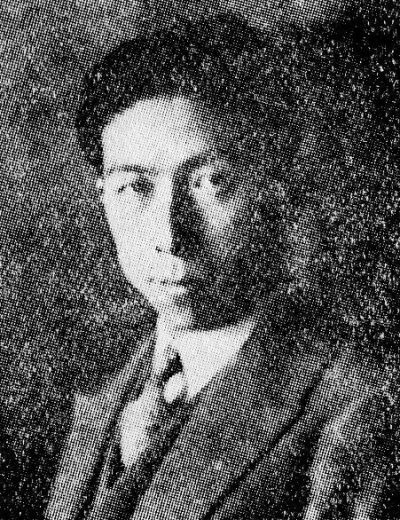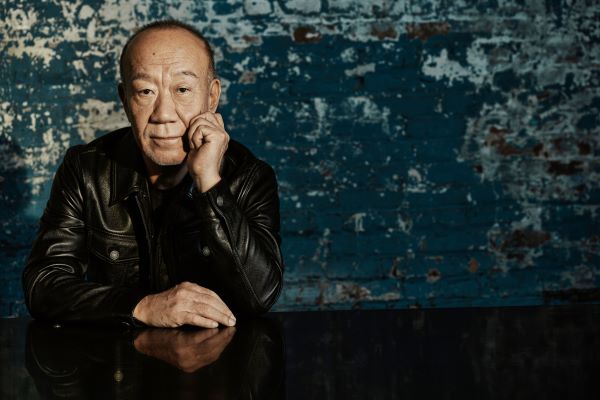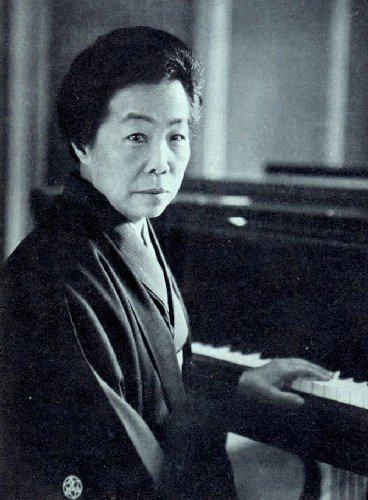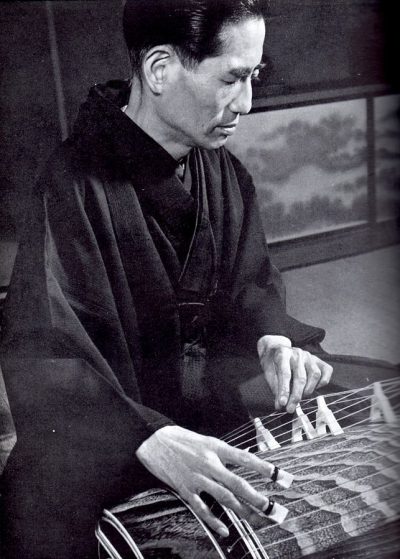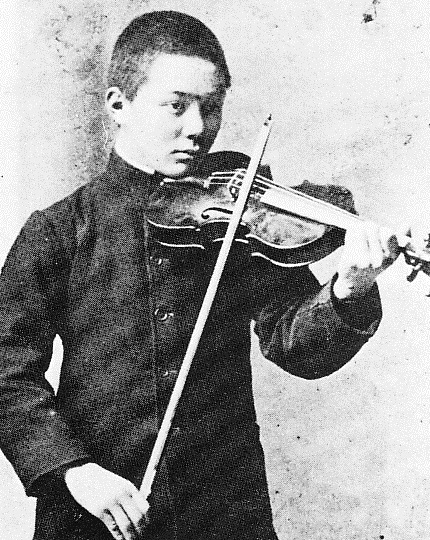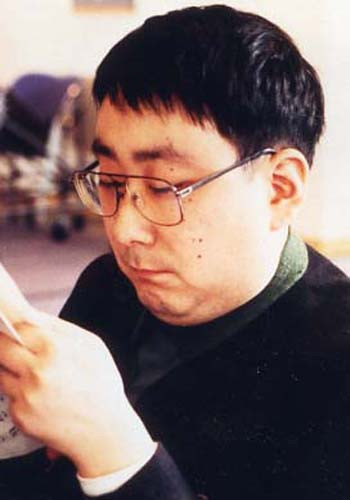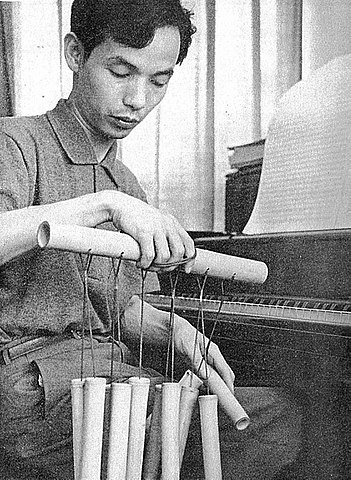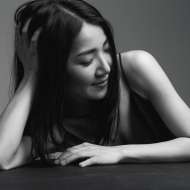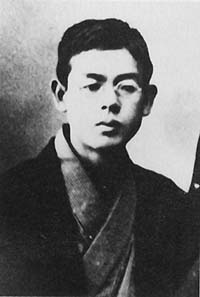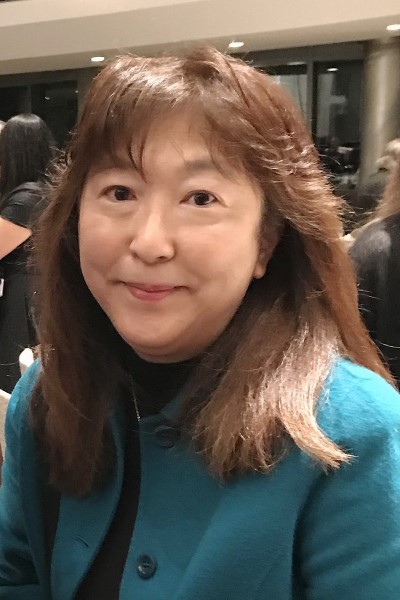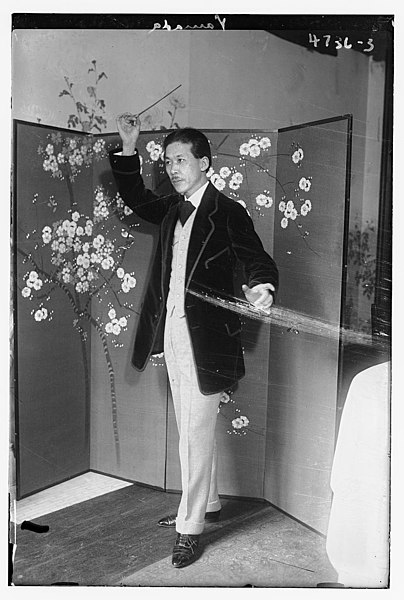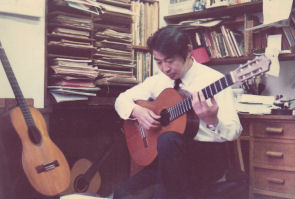Born in Hita City, Japan, 1925
Died in 2009
- Yocoh is a Japanese guitarist and arranger best known for his set of variations on the folk tune Sakura.
The composer’s website is in Japanese, but it contains some fascinating photos of the composer over the course of his life.
I have run his bio through Google Translate and derived the following information. Please take it with a grain of salt, because I do not know Japanese – however, Yocoh’s site is by far the most thorough source of information available about him online.
- Yocoh reports that he met Segovia during the guitarist’s visit to Japan in 1959. He also writes that Segovia’s performance in Japan, the first of a classical guitarist in that country since WWII, was an influential experience for him. He says he worked on learning Spanish just so he could speak with Segovia.
- Yocoh’s most famous work, his set variations on Sakura, has been recorded by a plethora of classical guitarists, including John Williams and Angel Romero.
- Yocoh writes that in addition to composing, he enjoys arranging preexisting classical works for the guitar, and that he values the artistic satisfaction of creating handwritten music manuscripts.


